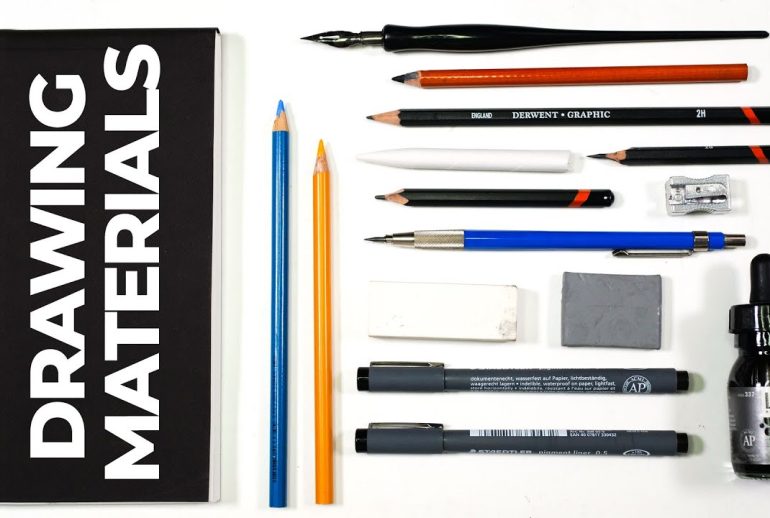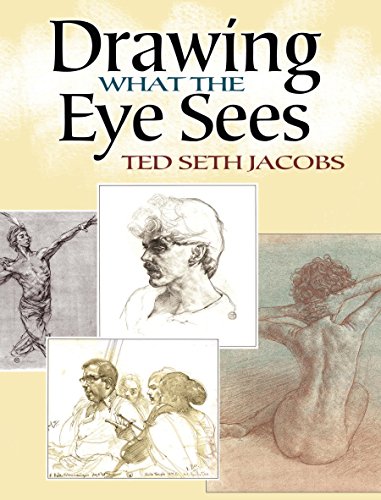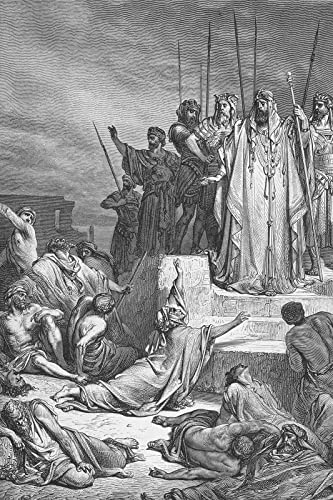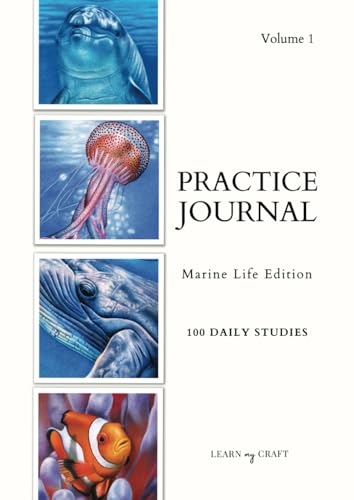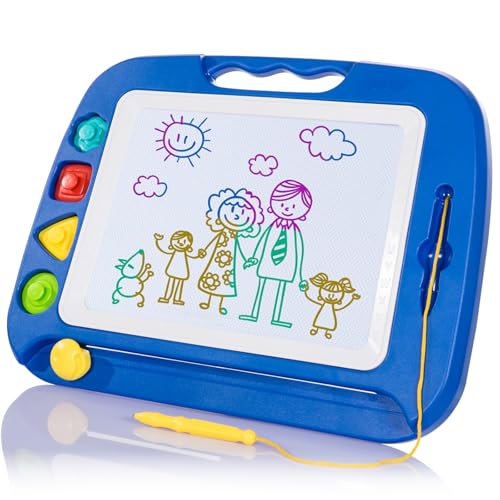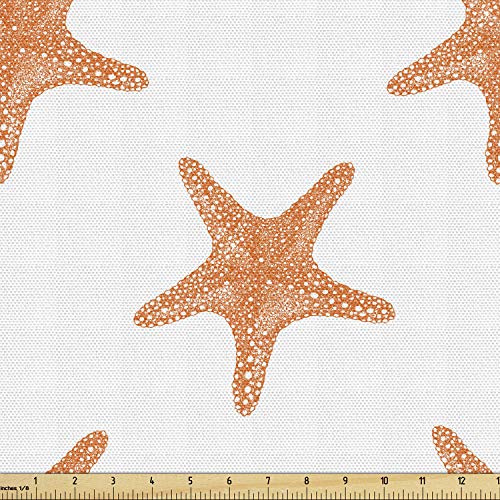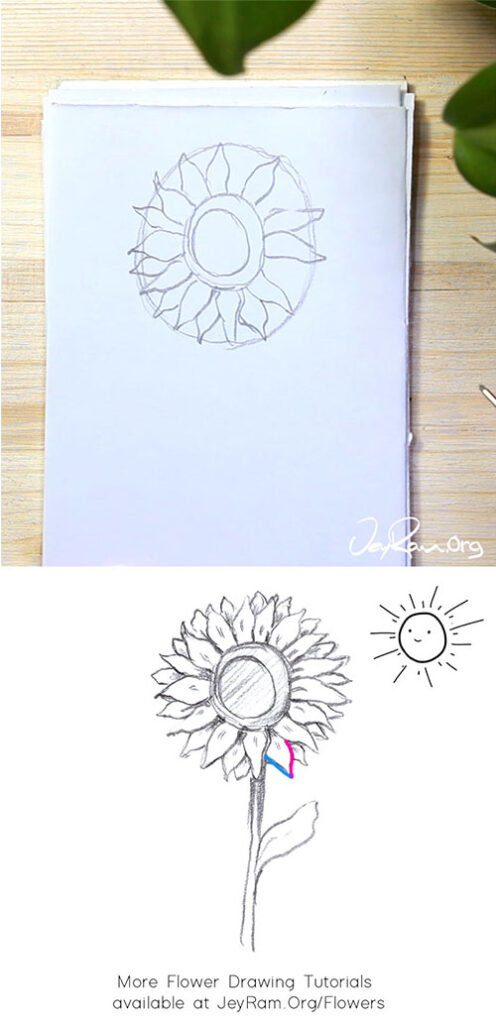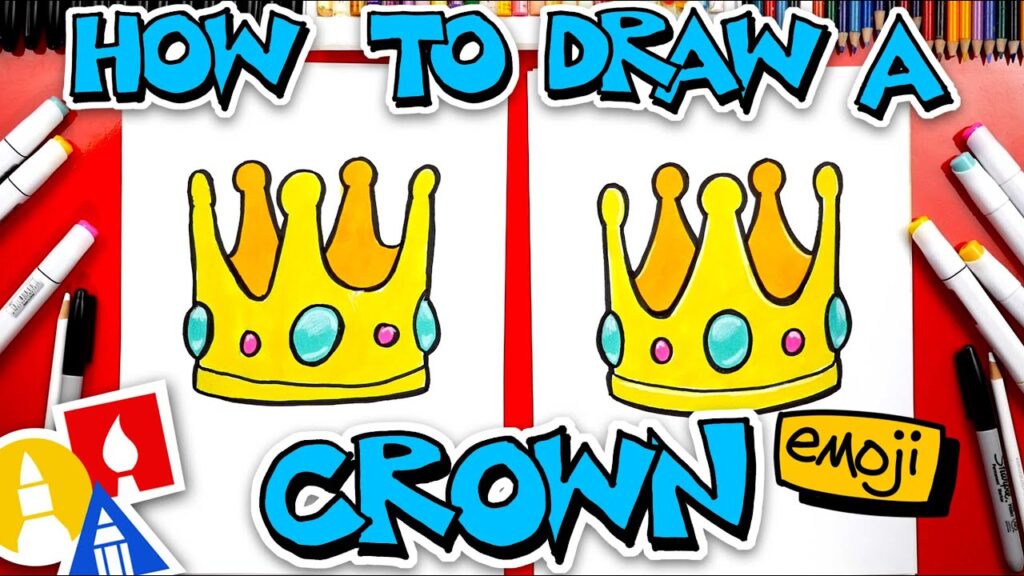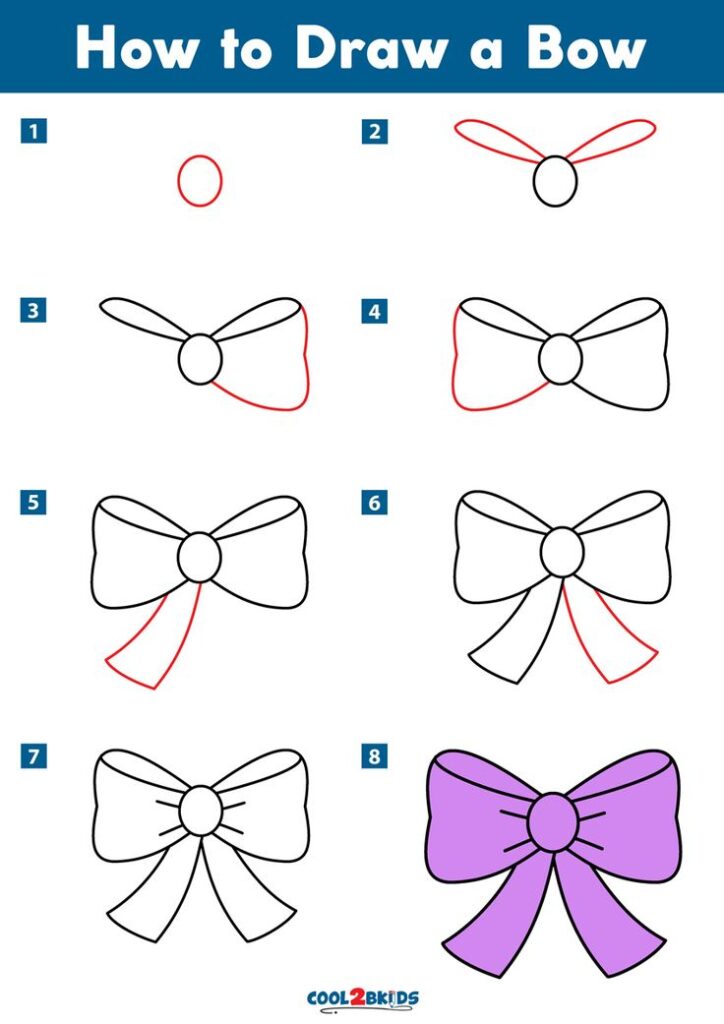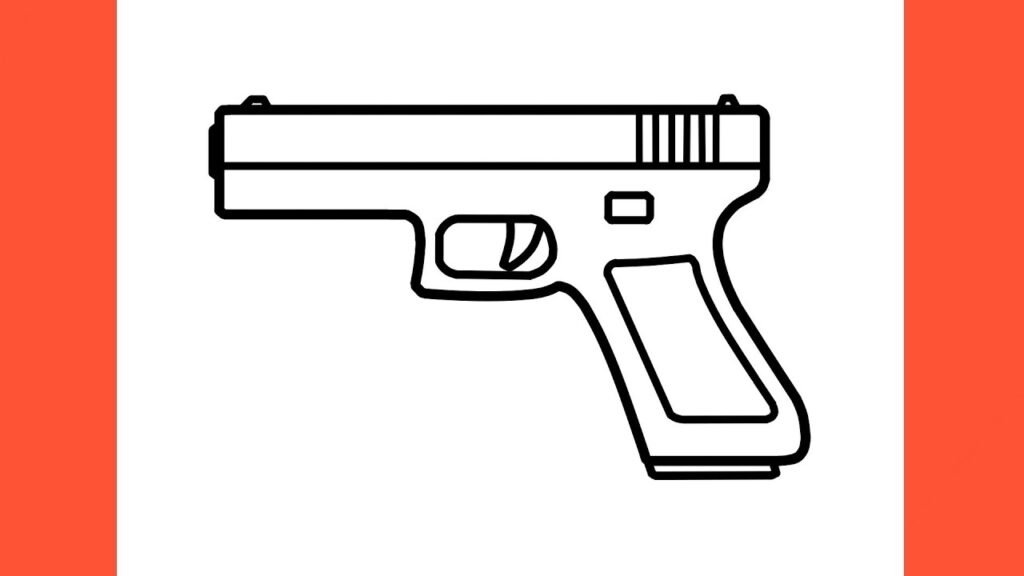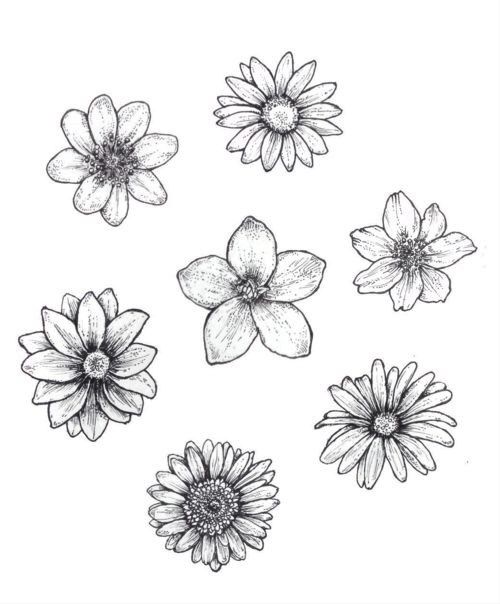Drawing is a beloved form of art worldwide. The right materials can elevate your work.
Choosing the best art materials can transform a simple sketch into a masterpiece. Whether you’re a budding artist or a seasoned pro, the tools you use play a significant role in your creative process. Quality art materials enhance your skills and bring your vision to life.
But with so many options available, finding the right ones can be daunting. Understanding the basics of drawing materials helps you make informed choices. From pencils to paper, each tool offers unique features. In this guide, we’ll explore the essential art materials for drawing. Discover what makes them indispensable for artists of all levels. Let’s dive into the world of drawing tools and find what suits your style.
Essential Pencils
Artists value pencils as essential tools for drawing. These versatile art materials offer precision and control. Different grades suit varied styles, making them ideal for detailed sketches and expressive illustrations.
Drawing is a delightful journey where the right tools can make all the difference. Among these tools, pencils are the foundation of any artist’s toolkit. Whether you’re sketching a quick idea or crafting a detailed masterpiece, choosing the right pencils is essential. They not only define your style but also enhance your drawing experience. Dive into the world of essential pencils and discover how they can transform your art.
Graphite Grades
Graphite pencils are the backbone of traditional drawing. They range from hard (H) to soft (B), with numbers indicating the degree of hardness or softness. A 2H pencil is great for light outlines, while a 6B offers rich, dark lines. Experimenting with different grades helps you understand their impact. I once used a 4H pencil for a landscape and was amazed at its ability to capture fine details. How do you choose the right graphite grade for your art? Mixing and matching grades can add depth and texture. Keep a range of pencils handy to suit various drawing needs.
Colored Pencils
Colored pencils bring vibrancy to your drawings. They are perfect for adding life to sketches with rich hues and subtle gradients. Their versatility makes them a favorite among artists. Consider the quality of colored pencils you choose. Professional-grade pencils like Prismacolor offer smooth application and vivid colors. I remember using them for a portrait and was thrilled with the seamless blending. Layering colors can create striking effects. Start light and build up layers to achieve the desired intensity. What colors inspire your creativity? Colored pencils are not just for filling spaces; they can be used for intricate detailing and texturing, making them indispensable in your art kit.
Paper Choices
Selecting the right paper enhances drawing skills. Smooth surfaces suit detailed work, while textured papers add depth. Each type supports different art styles.
When diving into the world of drawing, your choice of paper can greatly influence your artistic journey. Different types of paper offer varied textures and qualities, impacting how your pencils, pens, or charcoal interact with the surface. Selecting the right paper isn’t just about quality; it’s about matching your artistic style and the medium you’re using. Let’s explore the best paper choices for drawing and how they can elevate your artwork.
Sketchbooks
Sketchbooks are a staple for artists. They are portable and often come with a variety of paper textures. A good sketchbook should inspire you to draw anywhere and anytime. Consider the paper weight; a heavier paper can handle a variety of mediums like ink and watercolor, while lighter paper is perfect for quick sketches with pencil. Personal experience has taught me that a sketchbook with a spiral binding can be a game changer. It allows you to easily flip pages and lay the book flat. This can make sketching more comfortable and enjoyable. Have you ever tried sketching standing up? A sturdy sketchbook can be your best ally.
Specialty Papers
Specialty papers cater to specific techniques and styles. For detailed pencil work, a paper with a smooth finish, like bristol board, offers precision and clean lines. Watercolor paper, with its textured surface, can give your drawings a unique, expressive quality when using wet mediums. Consider trying toned paper if you enjoy adding highlights to your sketches. It provides a middle ground that allows both light and dark tones to pop. Using a white pencil on toned paper can create stunning effects that you might not achieve on plain white paper. Have you ever experimented with different textures? Textured papers can add depth and interest to your drawings, encouraging you to explore new techniques. Don’t hesitate to test various types of specialty papers to discover which best suits your creative vision. Your choice of paper can transform your artwork in unexpected ways.
Inking Tools
Discover the best art materials for drawing with top-quality inking tools. These tools ensure precise lines and vibrant illustrations. Perfect for artists seeking reliable and versatile drawing supplies.
When it comes to creating stunning drawings, the right inking tools can make all the difference. Whether you’re capturing the delicate details of a portrait or the bold outlines of a comic strip, choosing the right tool is crucial. Inking tools not only define your art but also enhance its overall quality and appeal. Have you ever tried sketching with a pen and felt the lines just weren’t sharp enough? That’s where the magic of fine liners and brush pens come in. Let’s dive into what makes these tools essential in your art kit. ###
Fine Liners
Fine liners are a staple for anyone serious about drawing. They offer precision and control, making them perfect for detailed work. Artists love them for their consistent ink flow and the variety of nib sizes available. Imagine creating intricate patterns or tiny details in a landscape—fine liners excel in these scenarios. They allow you to add depth and texture without overpowering your drawing. Brands like Micron and Staedtler are popular choices because of their reliability and range. But here’s a tip: always cap them tightly after use. Fine liners can dry out quickly, and nothing is more frustrating than a ruined pen midway through a project. Have you experienced that too? It’s best to keep a couple of spares handy. ###
Brush Pens
Brush pens bring versatility to your inking techniques. They can create both thin and thick lines, depending on the pressure you apply. This makes them ideal for calligraphy, illustrations, and even comic art. Think about the dynamic flair you can add with a single stroke. Brush pens, like those from Tombow or Pentel, allow for smooth transitions and expressive lines. They’re great for adding shadows or bold outlines, offering a fluidity that traditional pens can’t match. For beginners, mastering the pressure technique might take some time, but the results are worth it. Experiment on scrap paper before committing to your main piece. Have you tried blending colors with dual-tip brush pens? It’s a game-changer for creating gradients and unique effects. Inking tools like fine liners and brush pens open up endless creative possibilities. Each tool has its unique strengths, and knowing when to use which can elevate your art. What’s your favorite inking tool, and how has it transformed your drawing process?

Erasers And Blenders
Erasers and blenders are essential tools for any artist. They help refine and add depth to your drawings. These tools offer control and precision, allowing you to achieve desired effects. Understanding their types and uses can enhance your art.
Kneaded Erasers
Kneaded erasers are flexible and moldable. They can be shaped into various forms. This makes them perfect for detailed work. They lift graphite and charcoal gently, without smudging. Artists often use them for highlights and subtle changes. Kneaded erasers last longer than regular ones. They do not wear down quickly. You can clean them by kneading, hence the name. They are versatile tools in an artist’s kit.
Blending Stumps
Blending stumps are rolled paper sticks. They help smooth out pencil marks. Blending stumps are ideal for shading and transitions. They create soft edges and gradients. Artists use them to merge colors and tones seamlessly. They come in various sizes for different effects. Blending stumps are reusable. Clean them by rubbing on sandpaper. These tools add finesse to your drawings.
Charcoal And Pastels
Artists often choose charcoal and pastels for drawing due to their versatile textures and rich colors. Charcoal offers deep shading, while pastels provide vibrant hues, making them ideal for dynamic compositions.
When it comes to drawing, charcoal and pastels are two materials that can bring your artwork to life with their unique textures and vibrant colors. Both offer distinct ways to add depth and emotion to your pieces. Whether you’re capturing the subtle shadows of a portrait or the vivid hues of a landscape, these mediums provide versatile options for artists of all skill levels. But how do you choose between them, and what should you consider when adding them to your art toolkit?
Charcoal Sticks
Charcoal sticks are a classic choice for artists looking to create dramatic and moody drawings. They come in different forms, like vine and compressed, offering a range of softness and intensity. Vine charcoal is great for light sketches, while compressed charcoal delivers deeper blacks perfect for bold lines and shading. Working with charcoal can be messy, but it allows for excellent blending and easy erasing. A kneaded eraser is your best friend here, helping you lift off charcoal to create highlights. Experiment with different textures by using your fingers or a blending stump to smudge and soften lines. Have you ever tried using charcoal on colored paper? It can add a whole new dimension to your work.
Pastel Varieties
Pastels bring a burst of color to your drawings that can be both subtle and intense. They come in two main types: soft pastels and oil pastels. Soft pastels are crumbly and easy to blend, making them ideal for delicate transitions and vibrant colors. Oil pastels, on the other hand, have a creamy texture that allows for thick, bold strokes and a more painterly effect. One exciting aspect of pastels is their ability to be layered. You can build colors on top of each other, creating depth and richness. Using fixatives can help set your work, preventing smudging and ensuring longevity. Have you ever layered pastels over a watercolor wash? It can create stunning, textured effects that are sure to captivate viewers. As you explore charcoal and pastels, think about how these materials can enhance your unique style. What emotions do you want to evoke in your audience? Experiment with different techniques and discover the endless possibilities these versatile tools offer. Remember, the journey of art is as much about the process as it is about the final piece.
Markers And Pens
Markers and pens are essential tools for every artist’s toolkit. They offer precision, vibrant colors, and flexibility for various drawing styles. Whether you’re sketching intricate details or adding bold strokes, the right markers and pens can elevate your artwork. Choosing the best ones involves understanding their unique properties and how they fit your artistic needs. Let’s dive into some of the most popular types.
Alcohol Markers
Alcohol markers are renowned for their vibrant colors and seamless blending. They are perfect for illustrations and coloring, creating a smooth finish that looks almost professional. The alcohol-based ink dries quickly, reducing smudging and allowing layers to build up beautifully.
One of the standout features of alcohol markers is their versatility in shading and layering. Imagine your drawing gaining depth as you add layers effortlessly. These markers often come with dual tips: one for detail work and another for broader strokes, catering to diverse artistic styles.
Are you concerned about bleeding through paper? Opt for thicker sketchpads or specialized marker paper to prevent unwanted seepage. Investing in a good set of alcohol markers can transform your drawing experience, turning simple sketches into vivid masterpieces.
Gel Pens
Gel pens are perfect for adding fine details and textures to your drawings. They offer a unique smoothness that enhances precision, making them ideal for intricate designs and lettering. Available in a wide range of colors, including metallics and neons, gel pens bring a pop of brightness to your artwork.
Have you ever tried using gel pens over dark paper? The results can be stunning, with the ink standing out vibrantly against the background. Their quick-drying properties ensure that your work remains neat and smudge-free. Experimenting with gel pens can lead to unexpected creativity, especially with their vast palette options.
Think about how gel pens can complement other drawing materials. They add highlights or intricate patterns that other markers might miss. Whether enhancing a watercolor piece or creating a standalone sketch, gel pens are an essential tool for detailed artistry.
Digital Drawing Tools
Digital drawing tools have transformed the art world. Artists can now create stunning pieces without traditional materials. These tools offer flexibility, ease, and an endless palette. They allow artists to experiment and save their progress. Let’s explore some essential digital drawing tools.
Graphics Tablets
Graphics tablets are popular among digital artists. They provide a smooth drawing experience. These tablets connect to computers and translate your movements. Artists can draw directly on the tablet surface. The pressure sensitivity mimics real drawing. Wacom and Huion are trusted brands. They offer tablets with different features. Beginners can choose affordable models. Professionals may prefer advanced versions. A larger tablet gives more space for detailed work.
Digital Software
Digital software is crucial for creating digital art. It offers various brushes and textures. Artists can customize their tools easily. Popular software includes Adobe Photoshop and Corel Painter. These programs provide high-quality outputs. Free options like Krita and Autodesk SketchBook are available. They are great for beginners. Artists can layer, blend, and adjust colors seamlessly. Regular updates improve functionality and add new features.

Storage And Organization
Storing and organizing art materials can boost creativity and efficiency. A well-organized space helps artists focus on drawing. It also ensures that tools are always accessible and in good condition. Let’s explore some practical storage and organization solutions for artists.
Art Cases
Art cases are essential for keeping supplies in one place. They protect tools from damage and make transportation easy. Many art cases feature adjustable compartments. This flexibility allows artists to customize storage according to their needs. Cases with handles or straps offer added convenience for travel. Choose durable materials for long-lasting use.
Desk Setup
An organized desk setup enhances creativity and productivity. Use drawers or shelves to store frequently used items. Keep pencils, erasers, and brushes within easy reach. Consider desk organizers for small items like paper clips or pins. Labeling drawers can save time when searching for specific tools. A tidy desk keeps distractions to a minimum.
Frequently Asked Questions
What Are The Best Art Supplies For Sketching?
Top sketching supplies include graphite pencils, sketchbooks, erasers, and fine-tip pens. Choose quality brands like Faber-Castell or Prismacolor. Opt for different pencil grades for shading and detail. Acid-free sketchbooks preserve artwork. Kneaded erasers help in correcting mistakes. Fine-tip pens add precision to sketches.
What Are Good Art Supplies For Artists?
Artists need quality supplies like sketchbooks, acrylic paints, watercolor sets, and brushes. Pencils, charcoal, and pastels are essential for drawing. Canvases, easels, and palettes enhance painting experiences. Fine-tip pens help with intricate details. Experimenting with different materials boosts creativity and skill development.
Choose reputable brands for durable and vibrant results.
What Do Professionals Use To Draw?
Professionals use tools like Adobe Photoshop, Illustrator, Wacom tablets, Procreate, and traditional media like pencils and markers for drawing.
What Art Supplies Does Every Artist Need?
Every artist needs essential supplies like quality pencils, erasers, sketchbooks, paintbrushes, acrylic paints, and canvases. Reliable tools ensure creative expression and skill development, supporting artistic growth and innovation. Investing in durable materials enhances artistic productivity and satisfaction.
Conclusion
Choosing the right art materials makes drawing more enjoyable. Quality pencils, smooth paper, and vibrant colors enhance creativity. Invest in tools that suit your style and budget. Experiment with different brands and types. Discover what works best for your artistic expression.
Remember, art is personal. The best materials are those that inspire you to create. Keep exploring and practicing. Your skills will improve over time. Drawing can be a fun journey. Let your imagination flow with the right materials. Enjoy the process and keep creating beautiful art.

